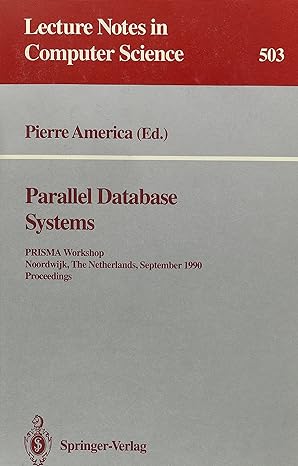NUMERICAL COMPUTATION: Interpolation is the process of estimating the values of a continuous function from discrete samples. Image processing applications of interpolation include image magnification
NUMERICAL COMPUTATION: Interpolation is the process of estimating the values of a continuous function from discrete samples.
Image processing applications of interpolation include image magnification or reduction, subpixel image registration, to correct spatial distortions, and image decompression, as well as others. Of the many image interpolation techniques available, nearest neighbour, bilinear and cubic convolution are the most common. [1]
There are a number of techniques that can be used to enlarge an image. In this assignment, you are expected to implement three Interpolation methods (such as Lagrangian Interpolation, Cubic spline, bilinear, bicubic etc.) for three different images and compare the results.
Step 1: Read Image
I = imread('cameraman.tif'); figure;imshow(I);title('Original Image');
Step 2: Simulate three Interpolation Methods
Increase the dimensions of the image from 720x480 (typical resolution in DVD frames) to 1920x1080 (typical resolution in high definition HD video frames) using numerical integration methods such as Lagrnagian interpolation, cubic spline, bilinear interpolation, etc.
Step 3: Analyzing
There is a trade-off between computational complexity and accuracy. Compare your methods in terms of computational complexity and accuracy.
Optional:
Give PSNR [2] value for each of your result. Discuss about the accuracy.
References
| [1] | B. Smith. [Online]. Available: http://www.engr.mun.ca/~baxter/Publications/ImageZooming.pdf. |
| [2] | Wikipedia, "https://en.wikipedia.org/wiki/Peak_signal-to-noise_ratio," [Online]. |
Step by Step Solution
There are 3 Steps involved in it
Step: 1

See step-by-step solutions with expert insights and AI powered tools for academic success
Step: 2

Step: 3

Ace Your Homework with AI
Get the answers you need in no time with our AI-driven, step-by-step assistance
Get Started


